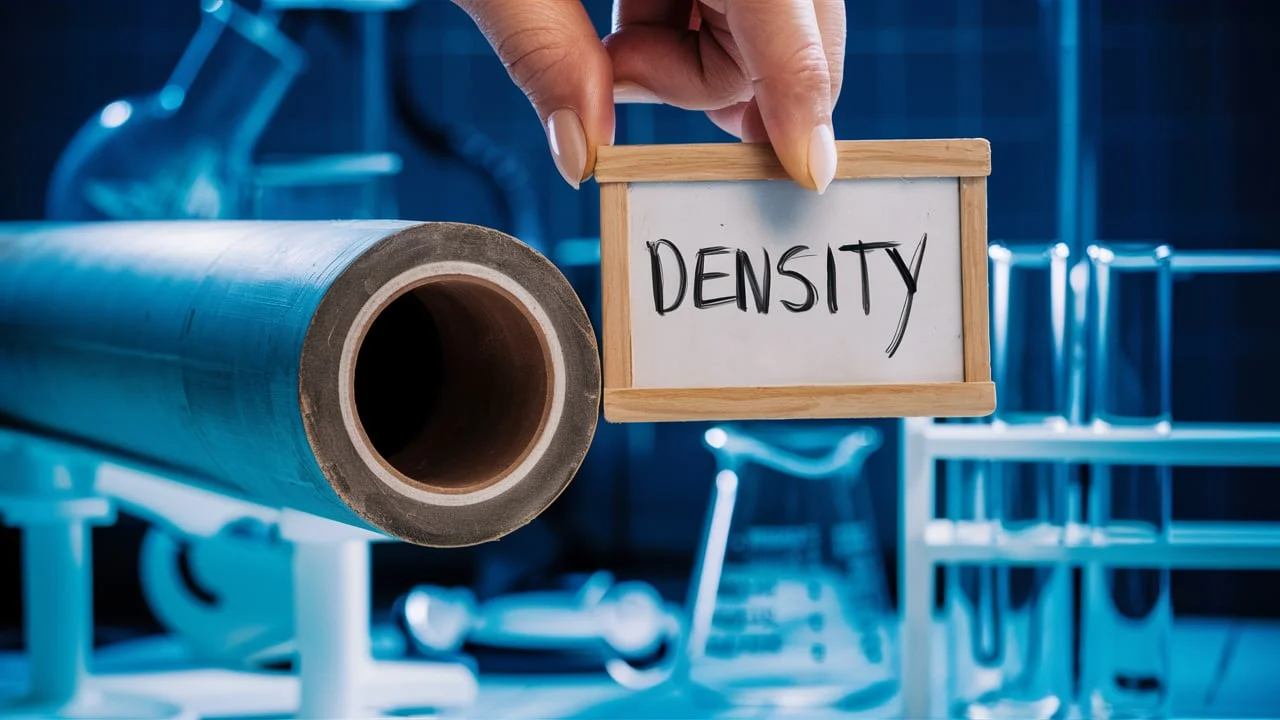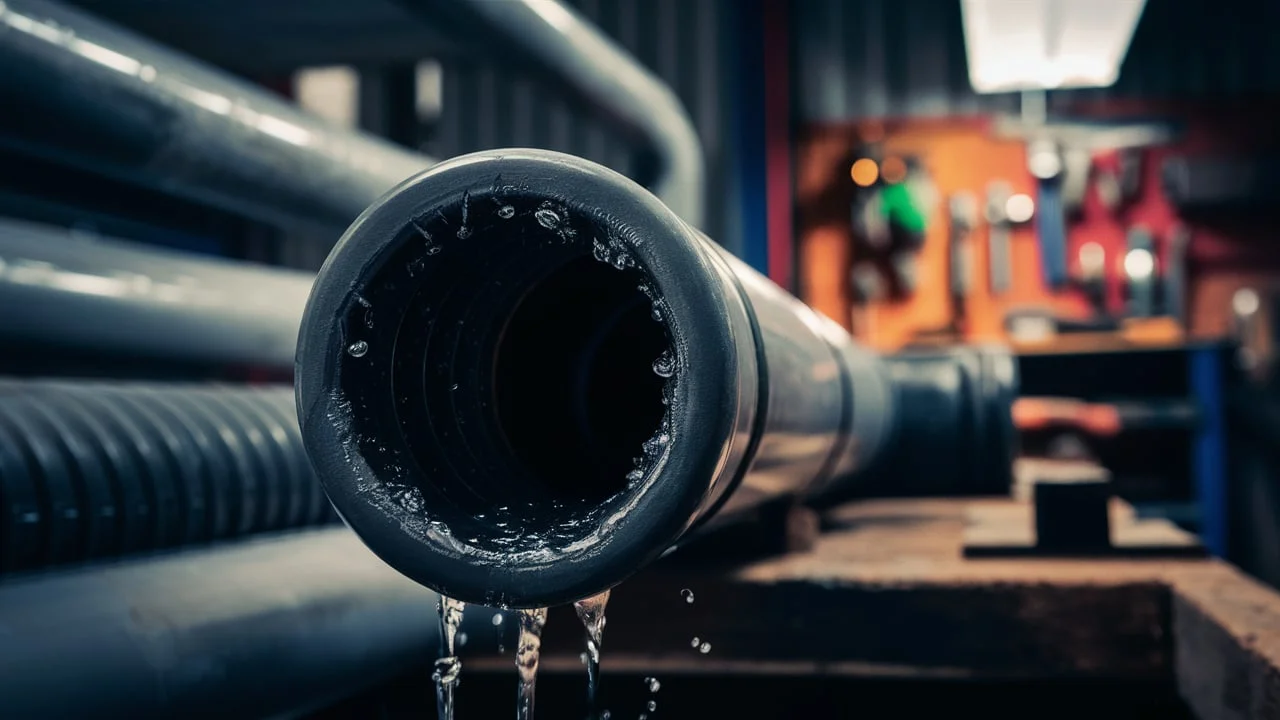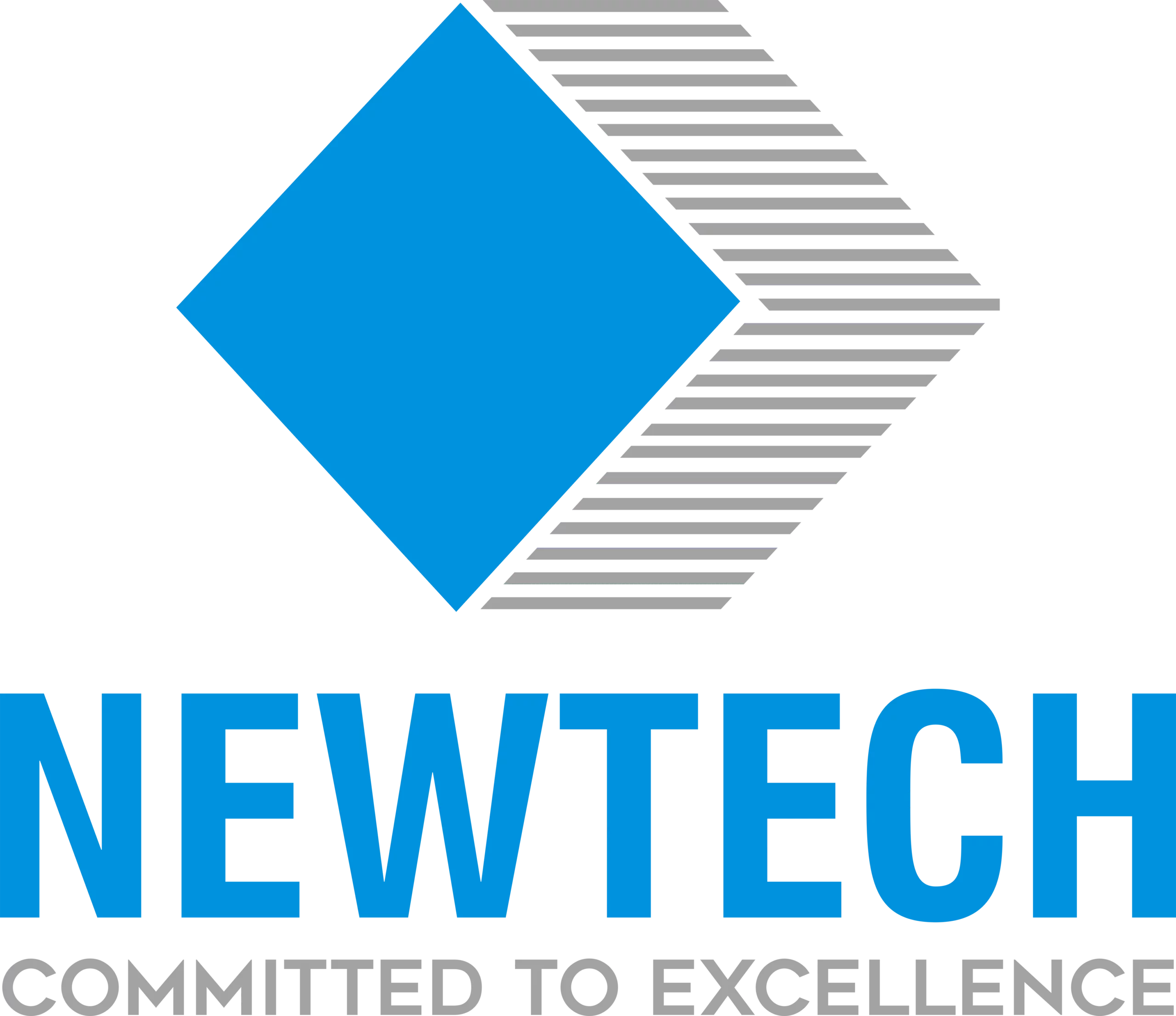UPVC density standards are pivotal for ensuring the quality and performance of UPVC materials used in various applications. This article explores the significance of UPVC density, its impact on construction, historical development, and current industry standards. It also covers measurement methods, influencing factors, and challenges, along with recent technological advancements and future trends.

UPVC Density Standards: What You Should Know
Introduction of UPVC Density
UPVC, or unplasticized polyvinyl chloride, is a widely used material in various industries, known for its durability, strength, and resistance to environmental factors. A critical aspect of UPVC’s performance lies in its density, which directly affects its applications and efficacy. This article delves into the intricacies of UPVC density standards, providing you with the essential knowledge to ensure superior results in your projects.
Understanding UPVC Density
What is UPVC?
UPVC, or unplasticized polyvinyl chloride, is a rigid, chemically resistant form of PVC. Unlike regular PVC, UPVC doesn’t contain plasticizers, making it stronger and more durable. It is extensively used in construction, particularly for windows, doors, and pipes, due to its robustness and low maintenance requirements.
Importance of UPVC Density in Construction
The density of UPVC is a crucial factor in its performance. Higher density typically indicates greater material strength and resistance to impact, making it ideal for construction applications. Understanding and adhering to UPVC density standards ensures that the material will perform as expected, providing longevity and safety in building projects.
Historical Development of UPVC Density Standards
The development of UPVC density standards has been a journey of technological advancements and regulatory measures. Initially, there was little regulation, leading to inconsistent quality. Over time, industry stakeholders recognized the need for standardized density measures to ensure reliability and safety. Today, these standards are governed by various international and regional organizations, reflecting decades of progress and innovation.
Industry Standards for UPVC Density
Overview of Global UPVC Density Standards
Globally, UPVC density standards are established to ensure uniformity and quality. Organizations such as the International Organization for Standardization (ISO) and the American Society for Testing and Materials (ASTM) provide comprehensive guidelines on acceptable density ranges for various UPVC applications. These standards facilitate international trade and ensure that UPVC products meet stringent quality benchmarks.
Key Organizations Setting UPVC Standards
Several key organizations are instrumental in setting UPVC density standards. The ISO and ASTM are prominent at the global level, while regional bodies like the European Committee for Standardization (CEN) and the Bureau of Indian Standards (BIS) play critical roles in their respective regions. These organizations conduct extensive research and testing to establish and update standards that reflect current technological capabilities and industry needs.
Comparison of UPVC Density Standards Across Regions
Different regions may have varying UPVC density standards, influenced by local regulatory environments and industry practices. For instance, European standards may differ slightly from those in North America or Asia. Understanding these differences is essential for companies operating in multiple regions to ensure compliance and maintain product quality.

UPVC Density Measurement Methods
Techniques for Measuring UPVC Density
Accurate measurement of UPVC density is vital for compliance with standards. Common techniques include the displacement method, where the volume of water displaced by the material is measured, and the pycnometer method, which involves using a specialized flask to determine density. Each technique has its advantages and specific use cases, ensuring precise and reliable measurements.
Tools and Equipment for Accurate Measurement
To measure UPVC density accurately, specialized tools and equipment are required. These include digital scales for precise weight measurement, pycnometers for volume determination, and density gradient columns. Utilizing the right equipment ensures that the measurements are accurate, reliable, and repeatable, which is essential for quality control and standard compliance.
Factors Affecting UPVC Density
Chemical Composition Impact on Density
The chemical composition of UPVC significantly affects its density. Variations in the polymerization process, the presence of additives, and the type of stabilizers used can all influence the final density of the material. Understanding these chemical factors helps in predicting and controlling the density during manufacturing.
Environmental Factors Influencing Density
Environmental factors such as temperature, humidity, and exposure to UV light can affect UPVC density over time. For example, prolonged exposure to high temperatures can cause the material to expand, slightly altering its density. Proper storage and handling practices are crucial to maintaining the intended density of UPVC products.
Manufacturing Processes and Their Effects on Density
The manufacturing process itself plays a significant role in determining UPVC density. Techniques such as extrusion, injection molding, and calendaring can impact the material’s density. Consistent and controlled manufacturing processes are necessary to achieve the desired density and ensure that it meets industry standards.
UPVC Density in Various Applications
Residential Use: Piping and Fittings
In residential applications, UPVC is commonly used for piping and fittings due to its durability and resistance to corrosion. The density of UPVC in these applications ensures that the pipes and fittings can withstand high pressure and various environmental conditions, providing reliable performance over time.
Commercial and Industrial Applications
In commercial and industrial settings, UPVC is used for a wide range of applications, including cladding, roofing, and chemical containers. The density of UPVC in these applications is crucial for maintaining structural integrity and ensuring safety in demanding environments.
Specialty Applications: Medical and Food Industry
UPVC is also used in specialized applications such as medical devices and food industry equipment. In these areas, the density of UPVC must be precisely controlled to meet stringent health and safety standards, ensuring that the material is suitable for contact with medical and food products.
Advantages of Adhering to UPVC Density Standards
Ensuring Durability and Longevity
Adhering to UPVC density standards ensures that the material will be durable and long-lasting. Proper density contributes to the overall strength and resilience of the product, enabling it to withstand environmental stressors and mechanical wear.
Enhancing Safety and Performance
Compliance with UPVC density standards enhances the safety and performance of the material. Products that meet these standards are less likely to fail under pressure or degrade over time, providing a higher level of assurance in their use.
Challenges in Maintaining UPVC Density Standards
Common Issues Faced During Production
Maintaining consistent UPVC density during production can be challenging. Issues such as variations in raw material quality, fluctuations in manufacturing conditions, and equipment malfunctions can all impact the final density of the product.
Solutions for Overcoming Density Standard Challenges
To overcome these challenges, manufacturers must implement rigorous quality control measures, including regular testing and calibration of equipment. Adopting advanced manufacturing technologies and maintaining strict adherence to standard operating procedures also help in achieving consistent density.
Recent Advances in UPVC Density Technology
Innovative Techniques for Density Control
Recent technological advances have introduced innovative techniques for controlling UPVC density. These include advanced polymerization processes, real-time monitoring systems, and automated quality control mechanisms, which collectively enhance the precision and reliability of density management.
Future Trends in UPVC Density Standards
Looking ahead, future trends in UPVC density standards are likely to focus on greater precision and sustainability. Emerging technologies and materials science breakthroughs are expected to drive the development of more stringent and environmentally friendly standards.
Regulatory Changes and Their Impact
Regulatory changes play a significant role in shaping UPVC density standards. Staying informed about evolving regulations and their implications ensures that manufacturers can adapt and maintain compliance, avoiding potential legal and financial repercussions.
How to Stay Updated with UPVC Density Standards
To stay updated with UPVC density standards, industry professionals can subscribe to relevant publications, participate in professional associations, and attend industry conferences. Continuous education and networking are key to keeping abreast of the latest developments and best practices.
Resources for Continuous Learning
Numerous resources are available for continuous learning about UPVC density standards. These include online courses, webinars, industry journals, and technical workshops. Leveraging these resources helps professionals stay informed and enhance their expertise.
Practical Tips for Implementing UPVC Density Standards
Implementing UPVC density standards effectively requires a strategic approach. Practical tips include conducting regular training sessions for staff, investing in high-quality measurement tools, and establishing robust quality control protocols. Consistent monitoring and feedback mechanisms also play a critical role in ensuring compliance.
Case Studies of Successful UPVC Density Management
Examining case studies of successful UPVC density management provides valuable insights. These real-world examples highlight best practices, common challenges, and effective solutions, offering a practical guide for achieving and maintaining high standards in UPVC density.
Conclusion
Summary of Key Takeaways
Understanding and adhering to UPVC density standards is crucial for ensuring the material’s performance, safety, and longevity. By staying informed about global standards, measurement techniques, and the factors affecting density, industry professionals can achieve superior results in their projects.
Final Thoughts on UPVC Density Standards
UPVC density standards are a cornerstone of quality and reliability in the construction and manufacturing industries. As technology advances and regulations evolve, staying updated and compliant with these standards will continue to be essential for success.

FAQs
What is UPVC?
UPVC, or unplasticized polyvinyl chloride, is a durable and rigid form of PVC used in construction and other industries due to its strength and low maintenance.
Why is UPVC density important?
UPVC density affects the material’s strength and impact resistance, crucial for ensuring durability and performance in construction applications.
How are UPVC density standards developed?
UPVC density standards are developed through the efforts of organizations like ISO and ASTM, reflecting technological advancements and regulatory requirements.
What methods are used to measure UPVC density?
Common methods include the displacement method and the pycnometer method, utilizing specialized tools for precise measurement.
What factors influence UPVC density?
Chemical composition, environmental conditions, and manufacturing processes all impact UPVC density.
What are the benefits of adhering to UPVC density standards?
Compliance ensures durability, safety, and enhanced performance of UPVC products.
What challenges exist in maintaining UPVC density standards?
Challenges include variations in raw materials, manufacturing inconsistencies, and equipment issues.
What are recent advances in UPVC density technology?
Innovations include advanced polymerization processes and real-time monitoring systems to enhance density control.
How can one stay updated with UPVC density standards?
Stay informed through industry publications, professional associations, and conferences.
What are practical tips for implementing UPVC density standards?
Regular training, high-quality measurement tools, and robust quality control are key for effective implementation.

